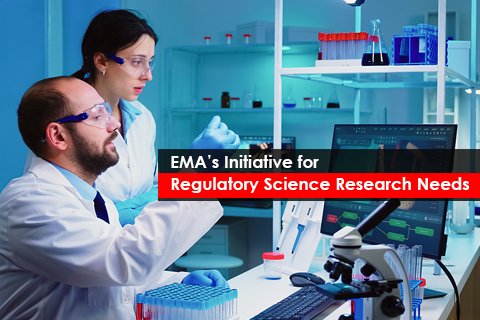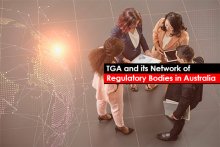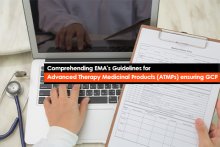To note, there are many gaps in the Regulatory science that need to be addressed for the development and evaluation of medicine. Global Regulatory Agencies make strong efforts to close these gaps and enable access to innovative medicines that address the patient’s needs.
For the first time, the EMA issued a list of Regulatory science topics that needed further research to erase the gaps and published it as Regulatory Science Research Needs (RSRN) list. What are those topics? Let’s get to know.
RSRN List
Initially, this list emerged from the stakeholder consultations that underpinned the development of the Regulatory Science Strategy (RSS) to 2025. Hence, the EMA conducted interviews with the chairs of its scientific committees and working parties and also with the external experts and opinion leaders from the principal stakeholder groups. By publishing this list, the EMA aims to stimulate researchers and funding organizations to consider addressing these needs in their work and programs and share their findings and results with the regulators.
The topics have been divided into four (04) categories for both human and veterinary medicines and include:
- Developing medicines by integrating science and technology
- Improving the scientific quality of evaluations by driving collaborative evidence generation
- In partnership with healthcare systems, advancing patient-centered access to medicines
- Health threats and availability or therapeutic challenges
Developing Medicines by Integrating Science and Technology
- Establishing the best practices & standards to validate the surrogate endpoints and biomarkers for regulators and Health Technology Assessment (HTA)/payers
- Conducting detailed review to identify strong candidates among clinically validated biomarkers for Regulatory qualification
- For the adequate CMC characterization of forthcoming nanotechnologies, identify the needed data or new methods
- To align Regulatory Authorities for multisite manufacturing of Advanced Therapy Medicinal Products (ATMPs), map the scientific and technical bottlenecks
- Develop an understanding of Regulatory response to nanotechnology and new materials in pharmaceuticals anticipated to be used in the coming ten (10) years
Improving Scientific Quality of Evaluations by Driving Collaborative Evidence Generation
- Understand and provide solutions to the methodological, organizational, and Regulatory challenges for complex clinical trials that involve multiple companies and products
- Undertake research to assess the Estimands Framework of ICH E9(R1) for methods used for indirect comparisons
- Conduct research to understand the potential effects of medicines on fetal health and pregnant women and analyze the impact of imposed Regulatory precautions for high-risk products used in maternofoetal health
- To enhance the efficiency of literature screening activities for Regulatory purposes, explore the use of natural language processing and machine learning techniques
Advancing Patient-centered Access to Medicines
- Conduct research to optimally interface early access Regulatory tools and processes, e.g., conditional marketing authorization
- What are the important evidentiary standards for the use of Real-World Evidence (RWE) for Regulatory scientific advice and decision-making on the safety and efficacy of medicines?
- Deepen the understanding of the role of Real-World Data (RWD) in providing evidence to support marketing authorization applications
- Leveraging available information on medicines prescribed, sold, or administered, in electronic databases at different levels of the health care system
Emerging Health Threats and Therapeutic Challenges
- Proactively identify the areas of public concern to improve evidence-based information on emerging health threats, including the pandemic vaccines
- Conduct research into lessons learned from COVID-19 for the optimization of scientific and Regulatory pathways for new treatments for emerging pathogens
- Conduct research in support of international harmonization of Regulatory science standards for complex generic medicines addressing bioequivalence, waivers, and modelling
Addressing the research needs will help advance Regulatory science to keep pace with evolving technologies and improve patient access to medicines. Therefore, to close any gaps that can have a direct impact on public health, the EMA recommends academic researchers and funders to consider addressing these needs in their agendas and thereby see their findings translate into Regulatory practice, medicines development, and public health. Do you want to know the EMA’s RSRN list in detail? Contact Freyr - a proven Regulatory expert for over a decade. Compliance Assured!





